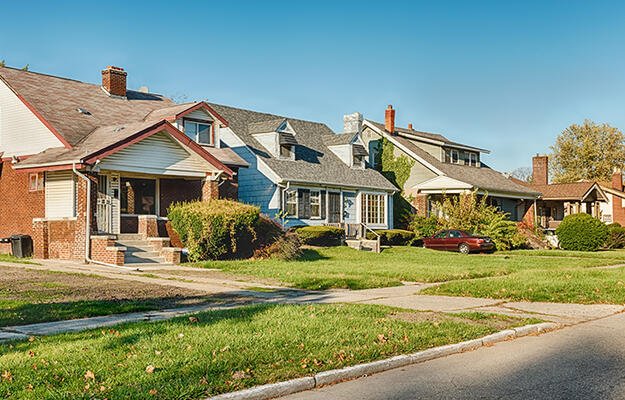
Connecting Housing and Transportation: Strategies for Small and Medium-Sized Cities
- Title:
- Connecting Housing and Transportation: Strategies for Small and Medium-Sized Cities
- Author:
-
Center for Transit-Oriented Development
- Source:
- Publication Date:
-
2014
Particularly in small and medium-size cities, local leaders and other stakeholders need strategies to connect low- and moderate-income households with access to jobs and other essential services. Affordable housing and transportation investments can be integrated, even in smaller cities, to create connected communities that serve residents’ needs. The guidebook Creating Connected Communities, prepared for the U.S. Department of Housing and Urban Development, is tailored to cities with fewer than 250,000 residents. These communities often share common challenges such as limited transit options, fewer city staff, and fewer financial resources.
Key recommendations include:
- Convene decision makers to expand local capacity and ensure that local, regional, state, federal and community partners are all working toward the common goal of improving the quality of public services and public spending.
- Provide multiple transportation options designed to meet local needs. This is critical to ensuring that low- and moderate-income residents can access employment, schools, parks and other regular destinations.
- Promote accessible affordable housing in connected communities to make accessing daily amenities easier for low-income residents. Prioritize the preservation of existing affordable housing in order to make it easier to build on these assets and develop new affordable housing in these areas.
- Support established neighborhoods by ensuring they offer key destinations and services such as medical care, a healthy environment, jobs, fresh food, and green space to all residents alike.
- Refocus financial resources on critical needs and improve the alignment between housing and transportation investments to make optimal use of scarce financial resources.


